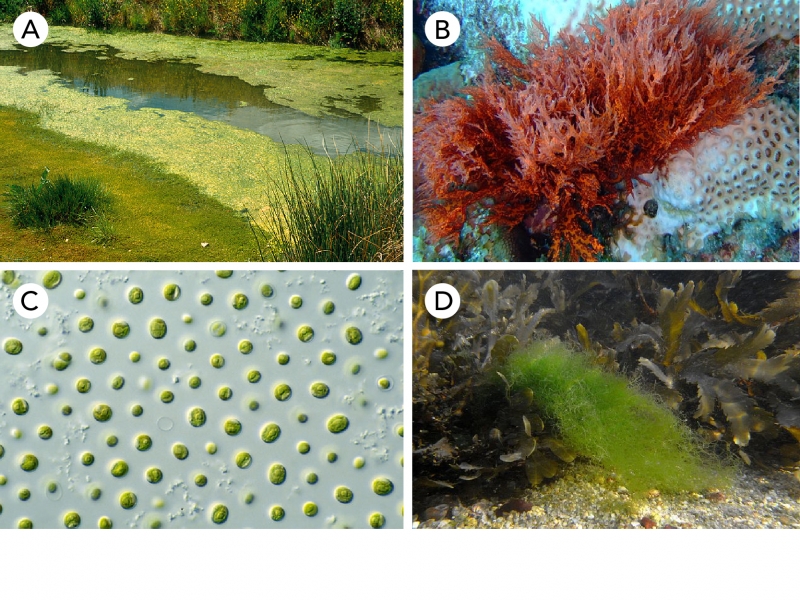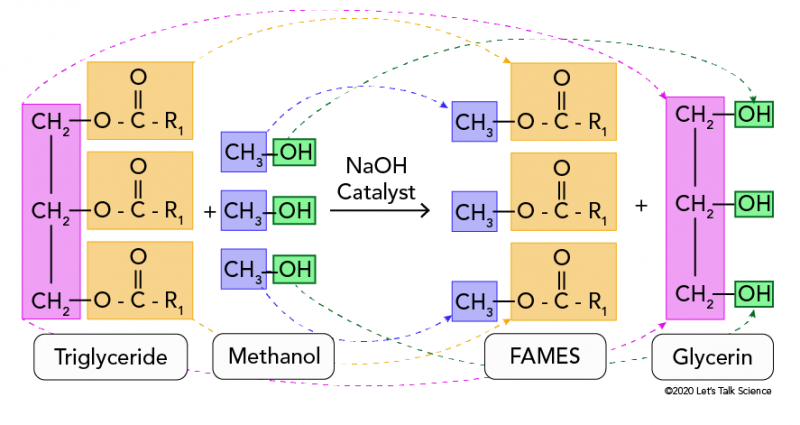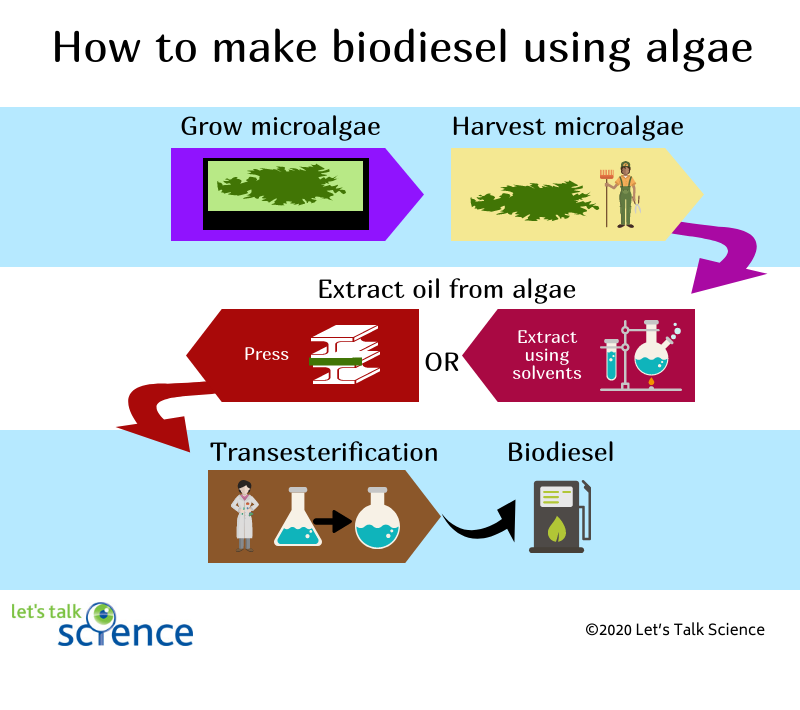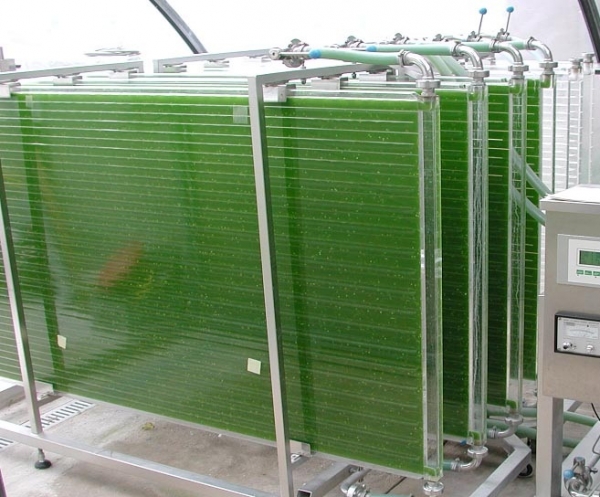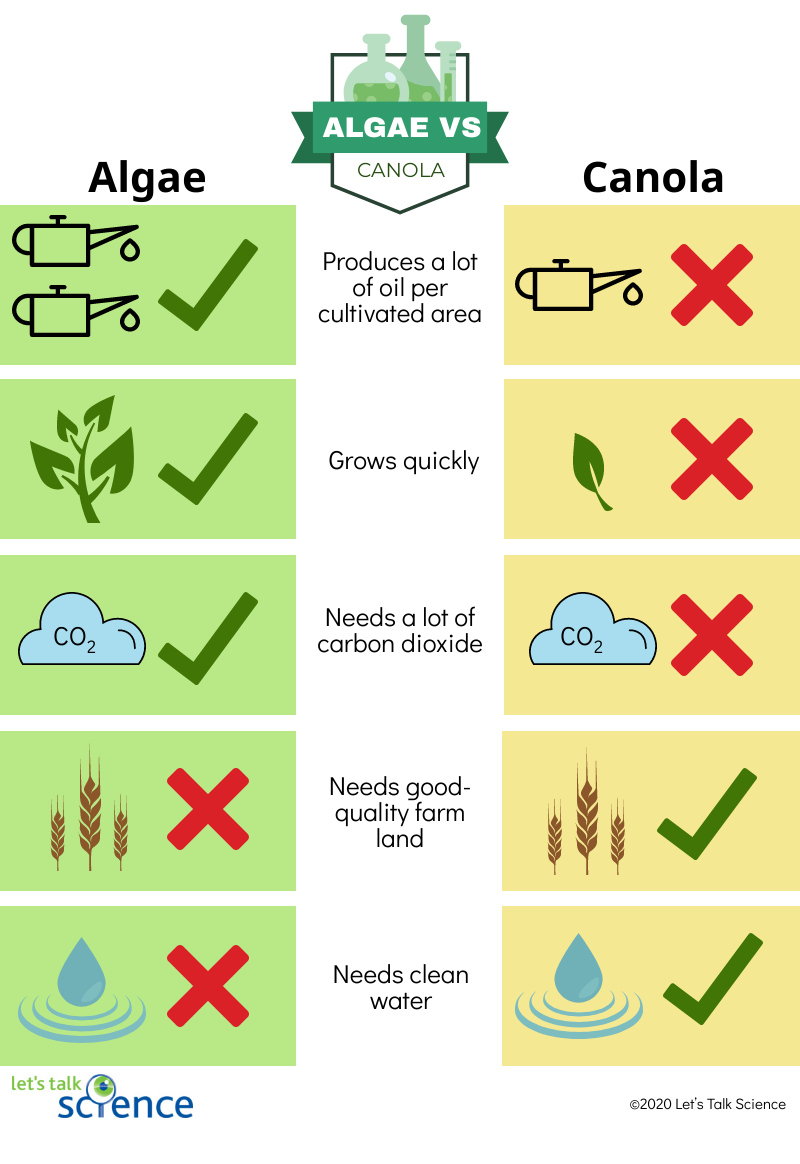Algae Biofuel: Can Pond Scum Power the Planet?
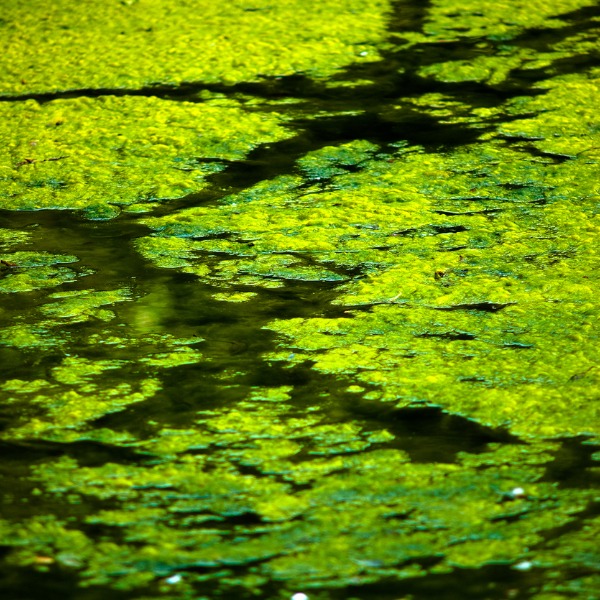
Algae floating on a pond (kkrs, iStockphoto)

Algae floating on a pond (kkrs, iStockphoto)
8.3
How does this align with my curriculum?
Curriculum Alignment
BC
11
Chemistry 11 (June 2018)
Big Idea: Organic chemistry and its applications have significant implications for human health, society, and the environment.
YT
11
Chemistry 11 (British Columbia, June 2018)
Big Idea: Organic chemistry and its applications have significant implications for human health, society, and the environment.
